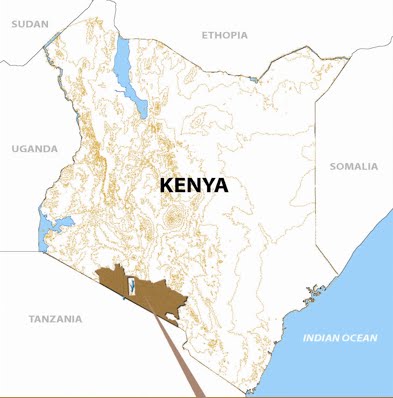A presentation for the Barrows lecture series 2013
A big congratulations is in
order for John Kamanga, Coordinator of SORALO and Chairman of Olkiramatian
Group Ranch, for winning the 2013 Cincinnati Zoo and Botanical Garden's
Wildlife Conservation Award. The award was given to John in order to honor his
conservation leadership.
Established in 1993, this award has been presented to leading scientists and
conservationists, including Jane Goodall, George Schaller, E.O. Wilson, and
David Western.
Alongside receiving the award,
John also gave a presentation as part of the Zoo's Barrow's lecture series
For centuries the nomadic Maasai
pastoralists have lived in relative harmony alongside wildlife. Traditional
seasonal movements meant that wildlife were free to roam with the livestock in
search of water and pasture. Fences and permanency were not part of the
culture. The South Rift valley of Kenya is one of the few areas left where
these strong traditional values still prevail. The main bulk of the area
remains communally owned and governed, with mobility still being key to the
success of both the wildlife and livestock in the area, ensuring sustainability
of livelihoods of the conservative pastoral community. Despite being outside of
any protected area, wildlife is abundant, and the area hosts a particularly
high diversity of carnivores.
Many conservation efforts start with
trying to win space for wildlife. Whether they were government initiatives,
driven by NGOs or by communities themselves, the basic premise for conservation
was to conserve wildlife, either because it was seen to be a moral obligation, for
recreational purposes or for financial benefit to those involved. But what
perhaps has been missing is the best way to do so, stemming from a lack of
understanding of the deep-rooted cultural practices and traditions which have
enabled wildlife to coexist with pastoral people across so much of East Africa
for so long.
Born and raised herding his
father’s cows deep in the Southern most part of Kenya’s Great Rift Valley, John
Kamanga learned first-hand about his
tribe’s unique ability to live alongside wild animals, including the largest of
Africa’s predators, lions. As a young adult, he became elected leader of his
Maasai community, and started to tap into the wildlife as a resource for his
people by setting aside conservation areas, and bringing in tourism. Under his
watch, the South Rift has become an impressive example of collaboration and
integration between researchers, institutions, communities and disciplines.
This is his story: a story of his
culture, its role in the coexistence of wildlife and livestock, and of the
impressive collaborations which enable successful conservation to prevail.
Thank you John for your commitment to your community and to
conservation.
Posted By:
Rahab Wandia


